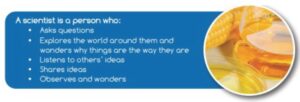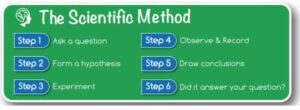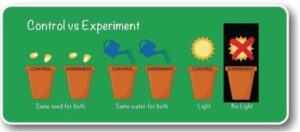Free Classroom Kit
Unit 3: How Does it Grow?
Grade Level: Homeschool
This corn focused unit is one of 6 units in the homeschool kit. Each unit is written for a suggested grade level however at the end of each lesson there are lower and upper elementary activities. These additional activities allow you, as the educator, to provide additional lesson activities to meet each of the children’s educational level. As the children progress through the units, they will continue to build on their knowledge that they learn about corn, what is needed to grow a healthy corn plant, how corn is grown, parts of the plant and ecosystem within a corn field.
This lesson is the work product of the Kansas Corn Commission. Our lessons are written in collaboration with Kansas teachers for use in the classroom. Teachers may copy and share this curriculum. Use of this product for commercial or promotional use is prohibited without express permission of Kansas Corn.
Newsletter Sign Up
Each quarter we release a newsletter written by teachers for teachers. This is an easy way to keep up with what is happening at Kansas Corn STEM.
Subscribe Today!



